1. Sedona, Arizona
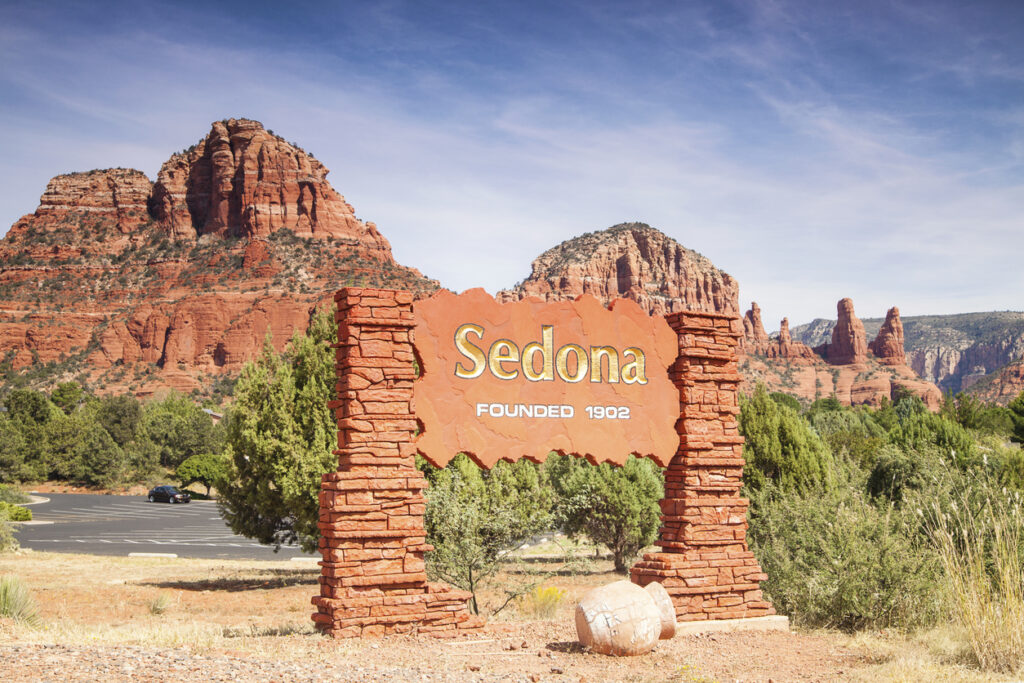
Sedona used to be a soulful desert gem, where locals embraced the red rocks and quiet spiritual vibe. These days, traffic jams wind through town like rivers, and crystal shops line every street. “The influx of tourists and seekers has changed the nature of our town,” one longtime resident told AZ Central. Airbnbs keep sprouting, pushing out year-round renters. What was once a tranquil getaway is now a tourist machine. Visitors still marvel at the beauty, but residents feel the town’s soul has shifted. The peace that once made Sedona special now feels buried under selfie sticks and weekend retreats.
2. Key West, Florida
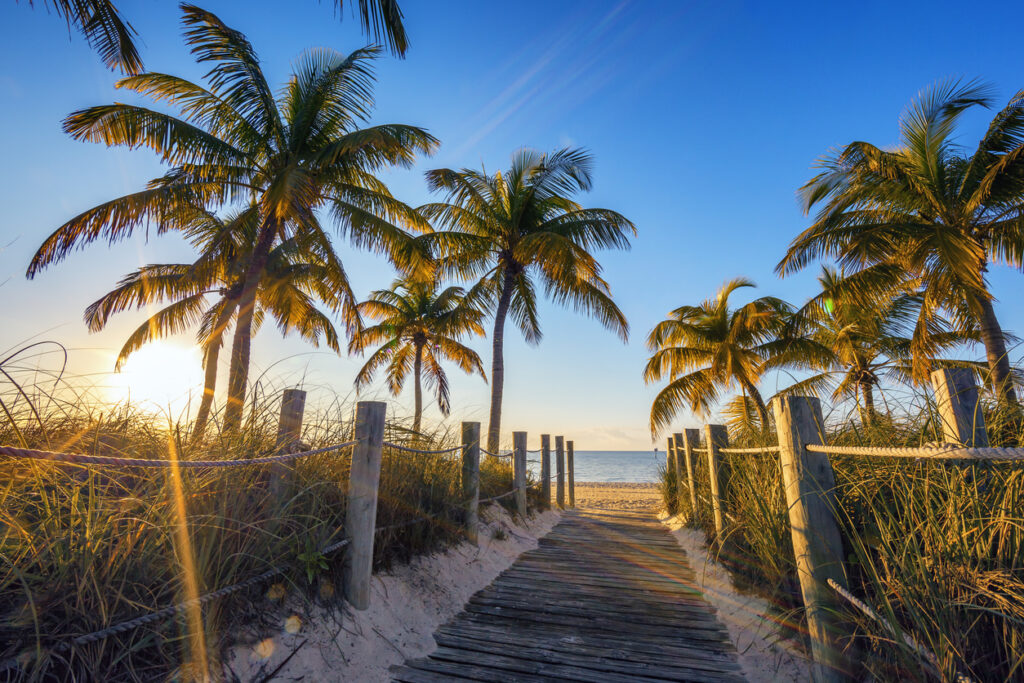
Once a sleepy bohemian outpost where artists, writers, and wanderers could find a place, Key West has become a cruise ship port overrun by short-term visitors. “I can’t afford to live in the house I grew up in,” one local told Miami Herald. Locals say the culture has changed with the tides. Mom-and-pop shops have given way to Margaritaville-branded everything, and housing for year-round residents has vanished behind vacation rentals. What was once weird, wonderful, and walkable has been overtaken by commercial tourism and inflated rent, turning paradise into something only the wealthy can really call home.
3. Aspen, Colorado
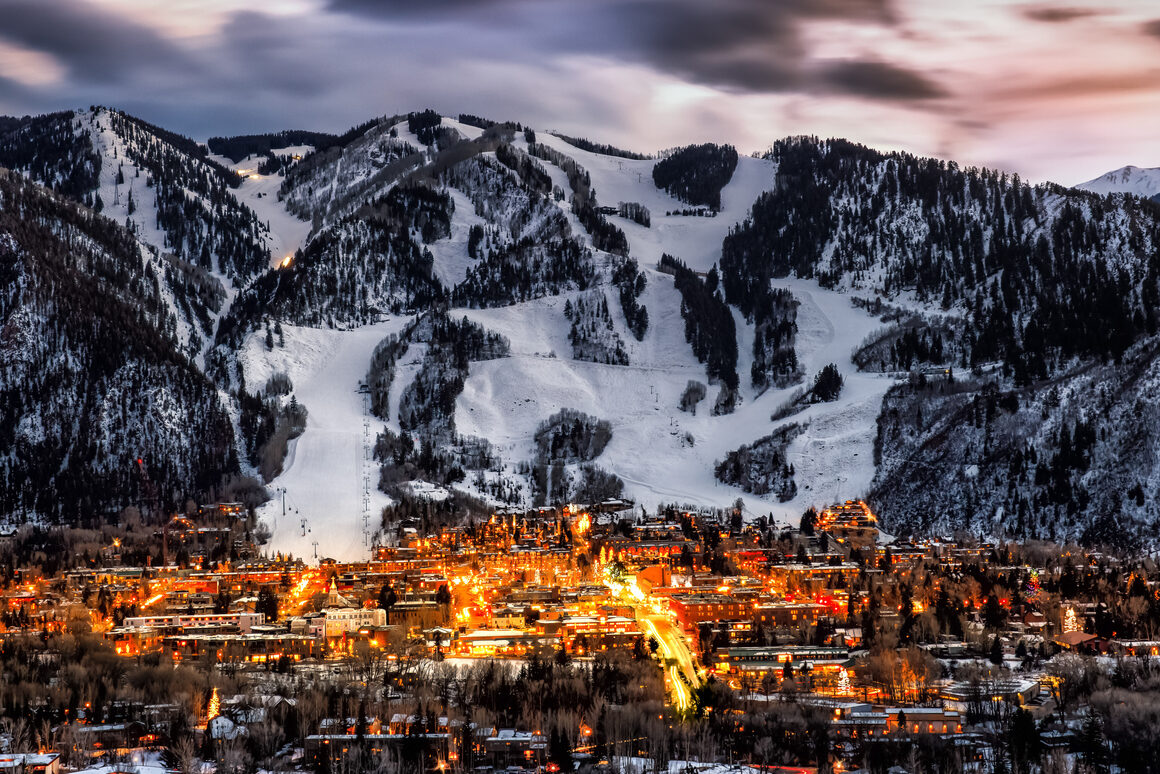
Aspen was a working-class mountain town where people skied hard and lived modestly. Today, it’s more known for luxury boutiques and celebrity sightings than fresh powder. “We’ve priced out the teachers, the firefighters, the families,” said a city planner in The Colorado Sun. The middle class has mostly vanished, replaced by part-time homeowners and investment buyers. What’s left is a postcard-perfect place that feels more like a wintertime showroom than a real town. Ski bums still come, but now they’re sleeping in cars or commuting hours in. For locals, Aspen’s sparkle has lost a bit of its heart.
4. Joshua Tree, California
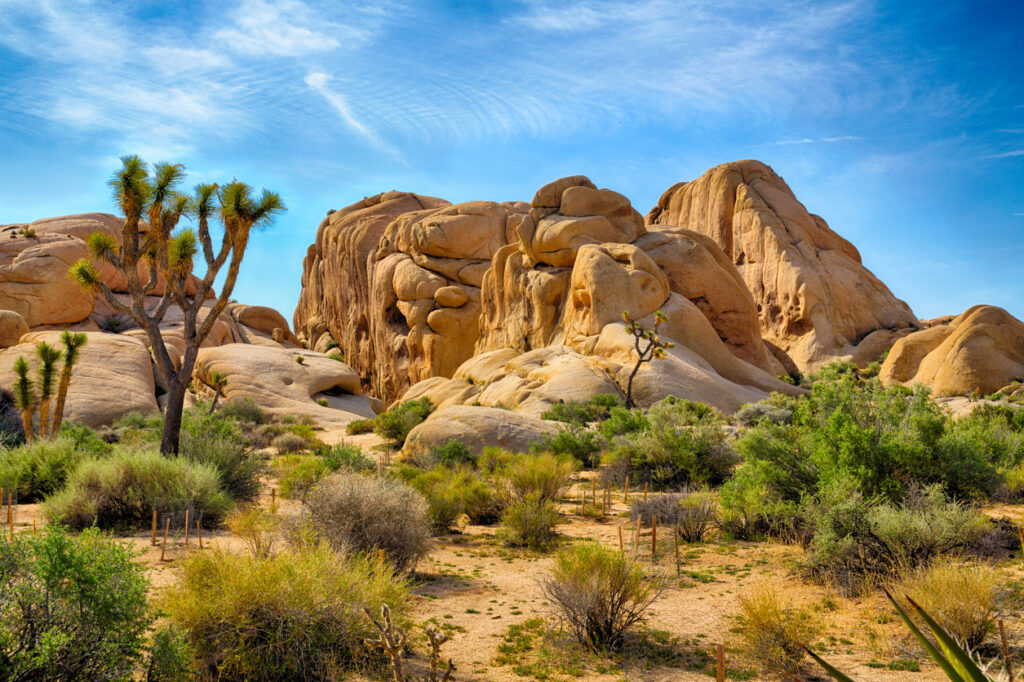
There was a time when Joshua Tree was the kind of place you went to disappear. Now it’s the kind of place people go to be seen. “We get constant noise complaints from locals,” a county official told LA Times about the Airbnb boom. The Instagram crowd floods in, leaving behind trash, trampling native plants, and hosting late-night parties in a desert meant for stillness. Artists and dreamers once lived here year-round, drawn by the isolation and stark beauty. These days, many can’t afford to stay, and even the park rangers say the desert feels more like a backdrop than a sanctuary.
5. Telluride, Colorado
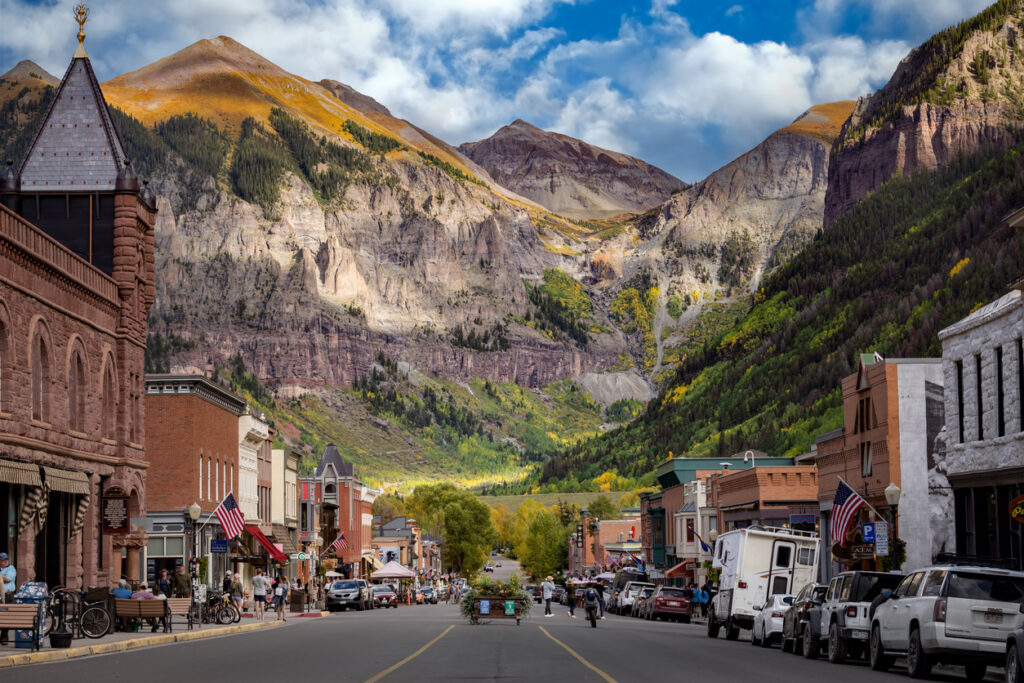
Nestled in a box canyon, Telluride used to feel like Colorado’s best-kept secret. Now it’s a luxury playground where locals are priced out of their own history. “There’s no housing for working people,” a local bartender told The Denver Post. Housing costs have soared beyond reach, and many workers have to commute in from towns hours away. While the mountains still shine and festivals keep the town buzzing, the sense of community has slipped. Locals say they barely recognize the place in winter, with second homes sitting empty and short-term rentals taking over. Beauty remains, but belonging has faded.
6. Moab, Utah
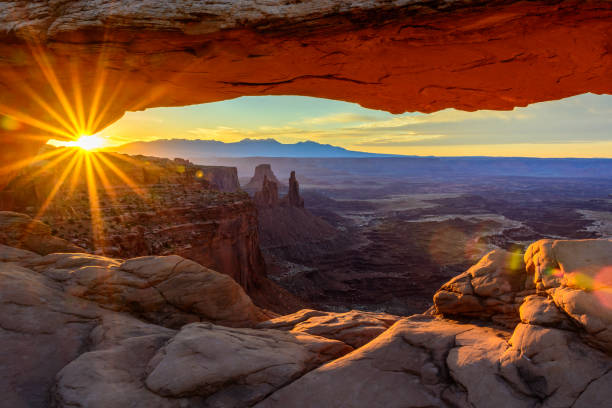
Moab’s red rock canyons and slickrock trails made it a mecca for nature lovers. But with every Instagram geotag, the crowds grew and with them came traffic, noise, and unaffordable rent. “You can’t find a place to live unless it’s $2,000 a month or an Airbnb,” a local told The Salt Lake Tribune. Jeep rallies, off-road tours, and summer festivals now fill the calendar, making it harder for families and workers to carve out a peaceful life. Once a gateway to nature, Moab is struggling under its own popularity. The wild still waits outside town, but peace is harder to come by.
7. Savannah, Georgia
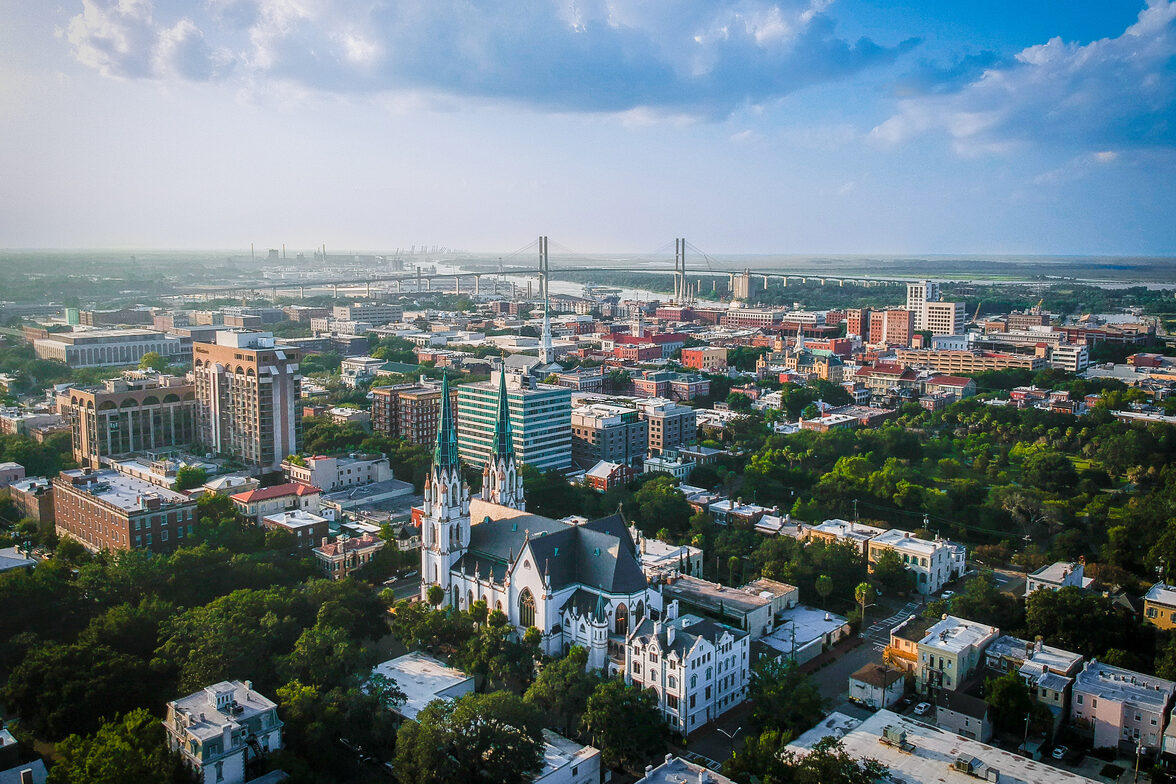
Savannah’s moss-draped beauty and haunting history made it a quiet favorite. But lately, the cobblestone streets are packed with ghost tours, bachelorette parties, and vacation rentals. “It’s like Bourbon Street with Spanish moss,” a resident told The Atlanta Journal-Constitution. Locals say the influx has made downtown feel more like a theme park than a place to live. Historic homes have become party houses, and restaurants cater more to weekenders than neighbors. The charm’s still there if you squint, but many long timers say it’s drowned out by noise, neon signs, and tourist trolleys that never seem to stop rolling by.
8. Lake Tahoe, California/Nevada
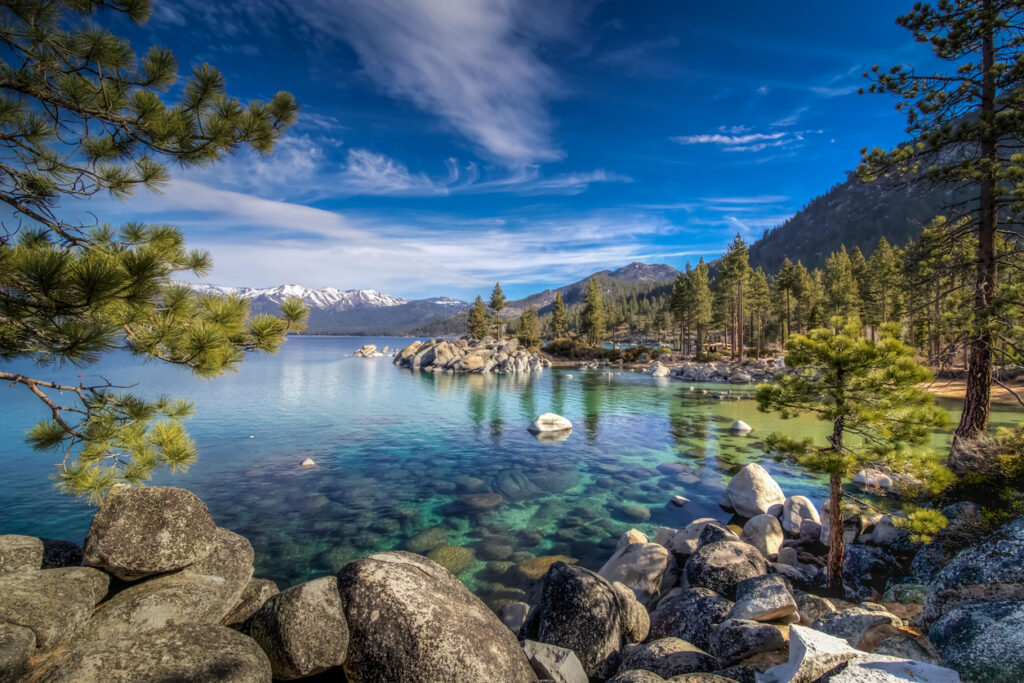
Lake Tahoe’s deep blue waters and alpine forests used to be the stars. Now, traffic congestion, housing shortages, and pollution have taken center stage. “It’s bumper-to-bumper year-round,” said a resident in Reno Gazette Journal. Visitors still come for the snow and summer sun, but locals say they’re stuck in a cycle of overuse and under-planning. Once-accessible trails are packed, and second homes dominate the market. The balance between tourism and sustainability feels increasingly strained. As nature works overtime to stay pristine, the community struggles to hold on to its slower, simpler past. It’s still beautiful but increasingly burdened.
9. Charleston, South Carolina
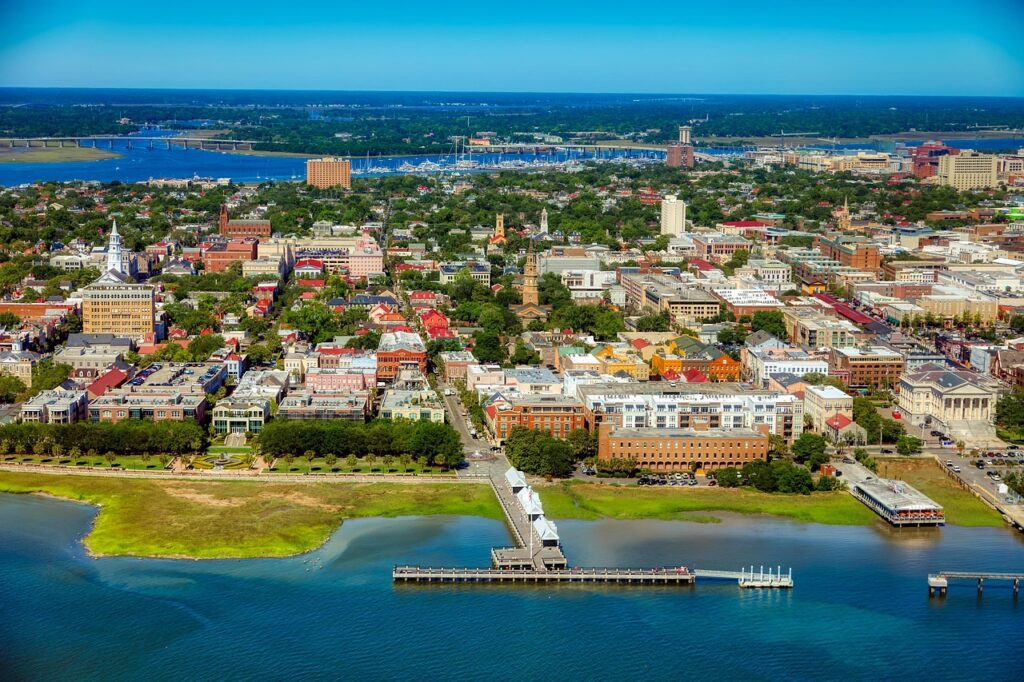
Charleston’s pastel facades and rich history once gave it a graceful, slow rhythm. Now, it’s booming with restaurants, walking tours, and influencer shoots. “It’s starting to feel like Disneyland for adults,” a local historian told The Post and Courier. While tourism has boosted the economy, it’s also made it hard for residents to park, rent, or enjoy their own city. Many say the cultural roots are being polished over for photo ops. The city’s identity feels like it’s shifting, still beautiful, still proud, but maybe a little too curated. For some, it’s less home and more attraction with every passing year.
10. Bar Harbor, Maine
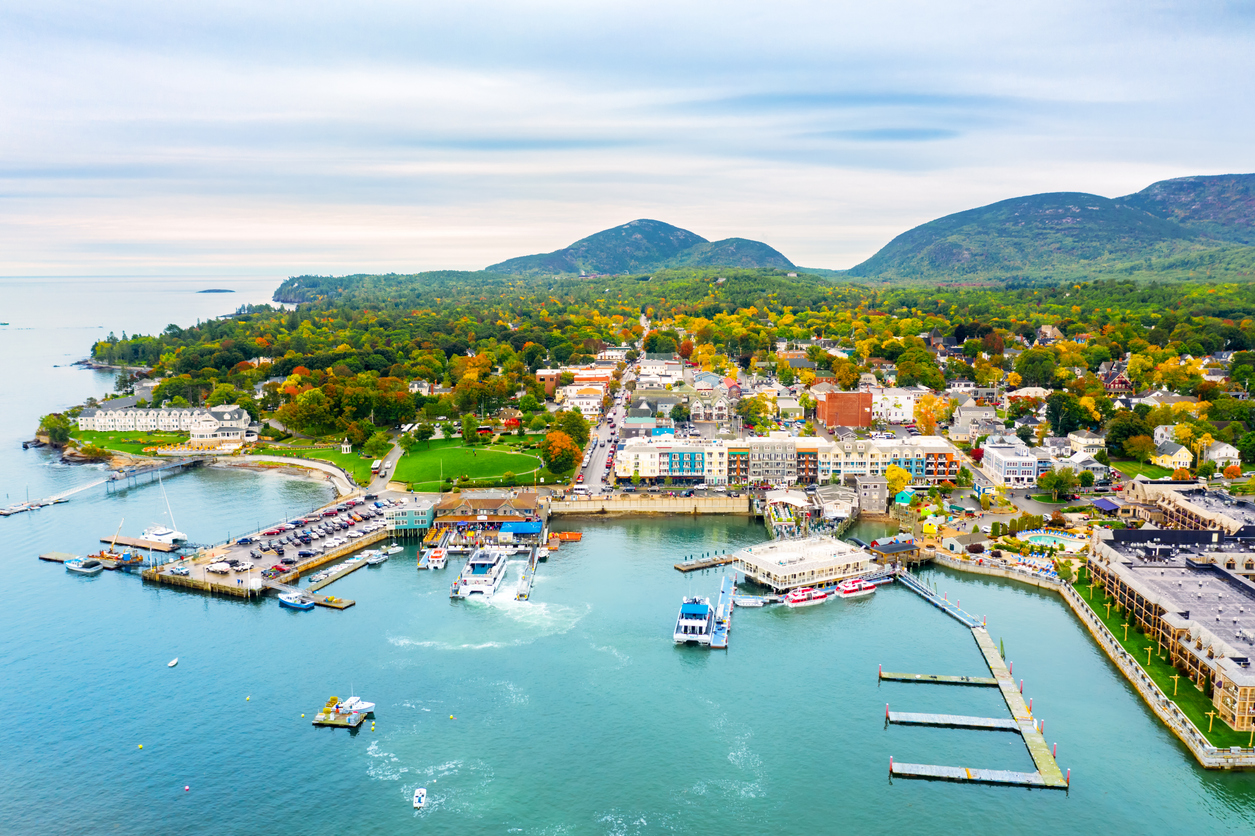
Bar Harbor was once the peaceful front door to Acadia National Park, where visitors trickled in and locals lived simply. Now, it’s shoulder-to-shoulder in summer, and many year-round residents feel pushed to the side. “There’s no place to park, no affordable homes, and no room to breathe,” a shop owner told Bangor Daily News. The town’s infrastructure hasn’t kept up with the demand, and cruise ships have only added to the crowding. Businesses are thriving, but neighborhoods are thinning out. It’s still a stunning corner of Maine but these days, the peace and quiet that defined Bar Harbor are harder to find.
11. Park City, Utah
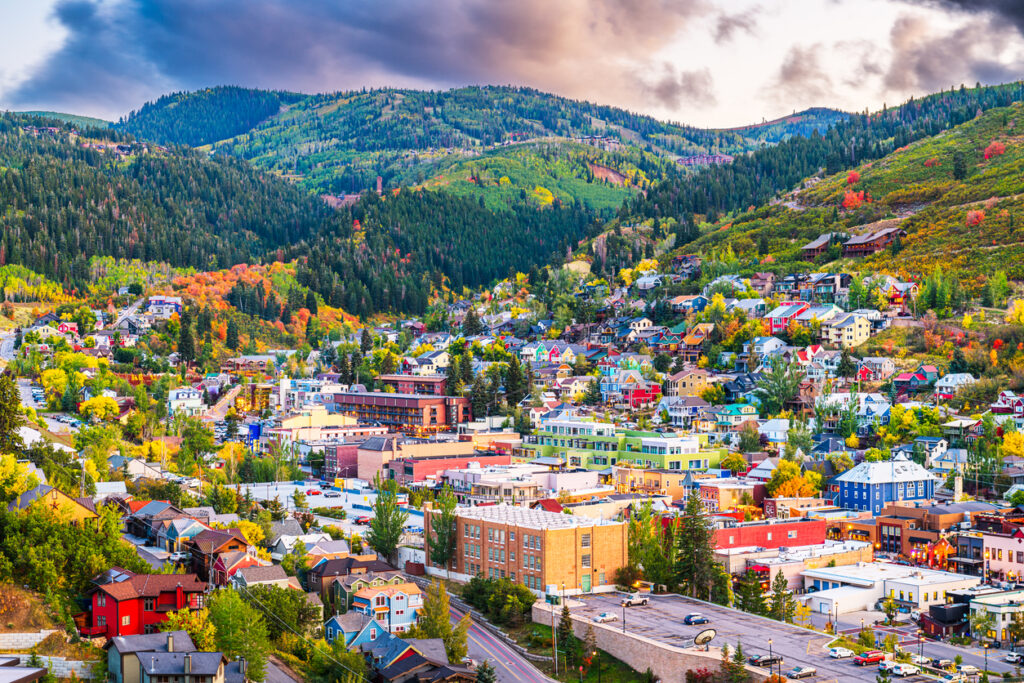
Park City used to be a powder-lover’s paradise, where locals knew each other by name. But since Sundance went global and development took off, it’s felt more like a stage than a hometown. “You can’t live here unless you’re rich or lucky,” a longtime resident told The Salt Lake Tribune. Skiers still come, but so do film executives, luxury shoppers, and high-end condo developers. The cost of living is sky-high, and seasonal workers scramble for space. It’s still beautiful, still bustling, but the small-town spirit feels like a cameo in a production that no longer stars its locals.
12. Leavenworth, Washington
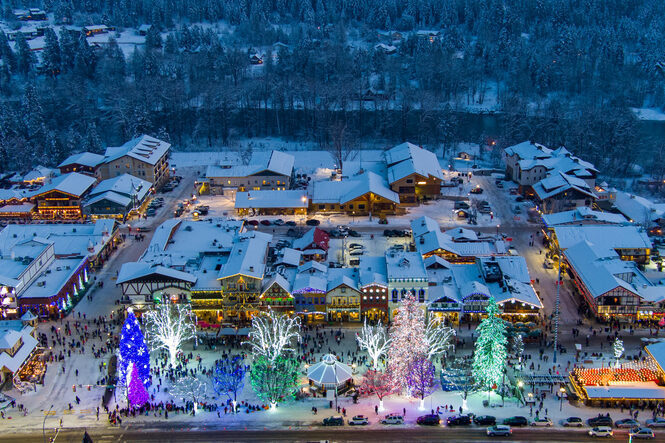
Leavenworth used to feel like a cozy, tucked-away mountain escape where the Bavarian-themed buildings were more charming than kitschy. Now it’s a photo-op destination for day-trippers, with parking lots full of tour buses and sidewalks packed like ski lift lines. Locals say the town’s character feels more commercial with each festival season, and many longtime families have sold and moved out. Holiday seasons bring the biggest crowds, but even summer feels like Oktoberfest now. While the pretzels and painted shutters remain, the peaceful rhythm of small-town life feels lost in the noise of clicking cameras and crowded candy shops.
13. Gatlinburg, Tennessee
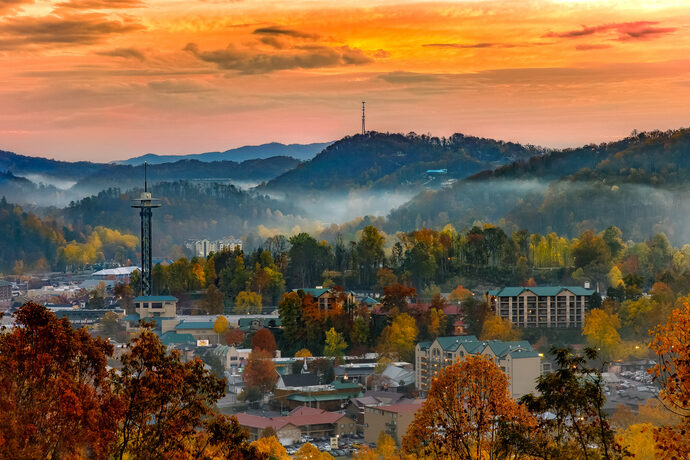
Nestled at the doorstep of the Great Smoky Mountains, Gatlinburg used to be a quiet mountain pass for nature lovers. Now, it’s overrun with themed attractions, traffic, and souvenir shops. “It’s become more about mini golf than mountains,” one visitor wrote in a TripAdvisor thread. While tourism keeps the town afloat, many locals feel the natural beauty is buried behind Ripley’s attractions and pancake houses. Congestion has grown so bad during peak seasons that some residents avoid downtown altogether. Gatlinburg still offers incredible views, but its soul has become harder to spot between the fudge factories and flashing signs.
14. Carmel-by-the-Sea, California
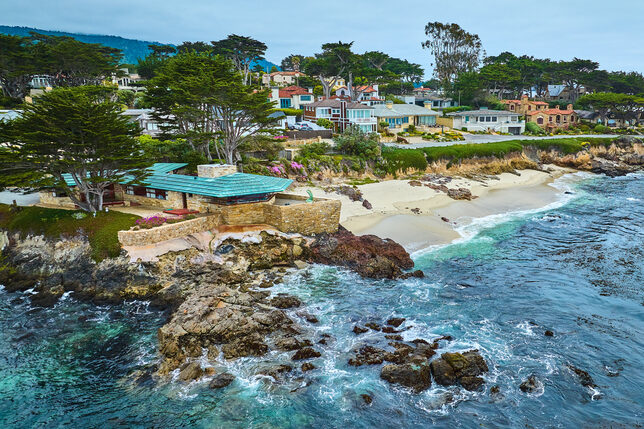
Carmel’s dreamy cottages and artsy roots gave it a peaceful, walkable appeal that drew in writers and creatives for decades. But now, it’s more known for influencer photo shoots and luxury tourists than for poetry readings or quiet gallery strolls. “It’s gotten so crowded on weekends I can’t find a spot to sit on the beach,” one local told the Monterey Herald. The rise in vacation rentals and second homes has made living there harder for workers, and the sleepy town vibe has turned into boutique overload. The fairy-tale is still pretty, but some say the magic has dimmed a little.
15. Newport, Rhode Island
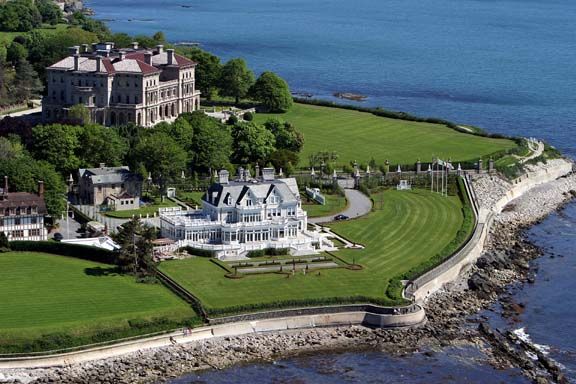
Newport’s history drips from its mansions and salty breeze, but the town’s recent tourism swell has left many locals feeling squeezed out. Cruise ships, wedding crowds, and summer tourists pour in faster than the infrastructure can handle. “We just feel overrun,” a shop owner told Providence Journal. Housing prices have climbed sharply, and seasonal workers struggle to live anywhere nearby. Restaurants and shops cater to visitors more than neighbors now. While the cliff walks and harbor are still breathtaking, the quiet coastal rhythm that made Newport special feels like it’s playing second fiddle to the demands of constant foot traffic.
16. Hood River, Oregon
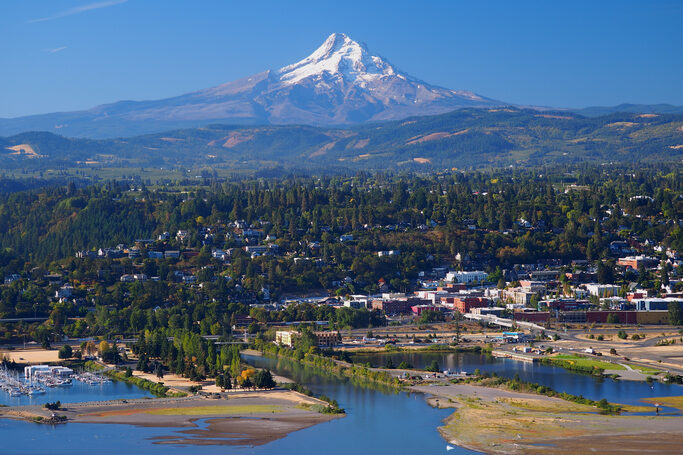
Hood River was once a sleepy agricultural town with views of Mount Hood and orchards dotting the valley. Then windsurfing, kitesurfing, and hiking brought waves of adventurers. “It used to be quiet here. Now it’s bumper-to-bumper on weekends,” a local told Oregon Live. Breweries and boutique hotels have sprung up where hardware stores and farms once sat. Housing has become tight, with short-term rentals taking over traditional neighborhoods. While tourism has brought life and energy, many say the soul of the town feels diluted. The mountain still towers above, but the peaceful, rooted life below is getting harder to hold onto.
17. Breckenridge, Colorado
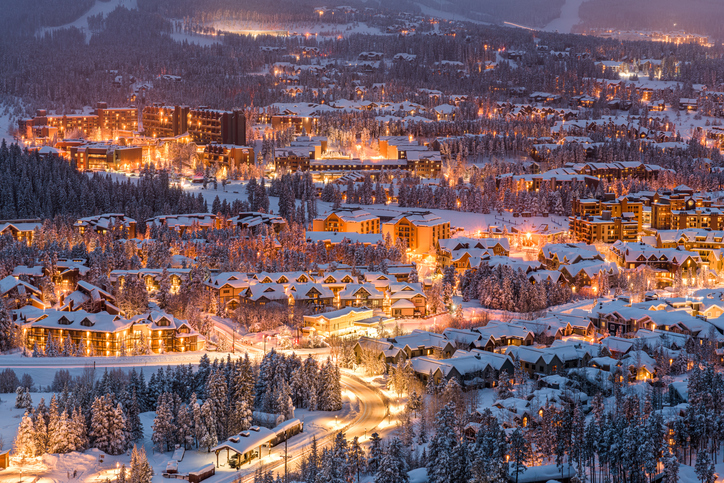
Breckenridge has long been a gem for skiers, but the past decade has shifted it from hometown slopes to tourist hotbed. “We’ve lost our sense of community,” a resident told Summit Daily. With high-end condos replacing old cabins and seasonal rentals eating up inventory, locals say they’re being priced out of the market and pushed into the outskirts. The main street bustles year-round, not just in winter, and what used to be a ski town is now a year-round tourist economy. The views are as grand as ever, but the people who built the town are finding it hard to stay.
18. Asheville, North Carolina
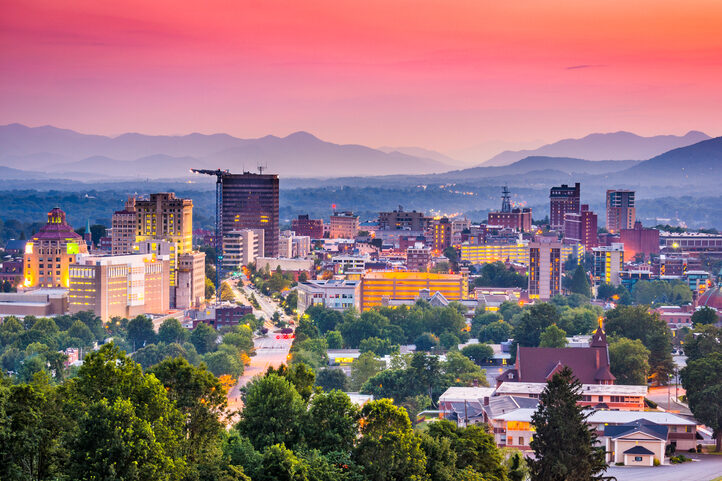
Asheville’s cool, artsy vibe and Blue Ridge backdrop once felt like a local secret. Now it’s one of the Southeast’s trendiest destinations. “Tourism is changing the character of downtown,” a city planner told Mountain Xpress. Breweries and boutique hotels have replaced record shops and dive bars, and housing prices have skyrocketed with the rise in short-term rentals. Many artists and musicians who gave Asheville its edge have moved out. While the town still hosts music festivals and street art, the crowds can feel overwhelming on weekends. For some, it’s still home. For others, it’s slowly becoming a place they no longer recognize.
19. Lahaina, Hawaii
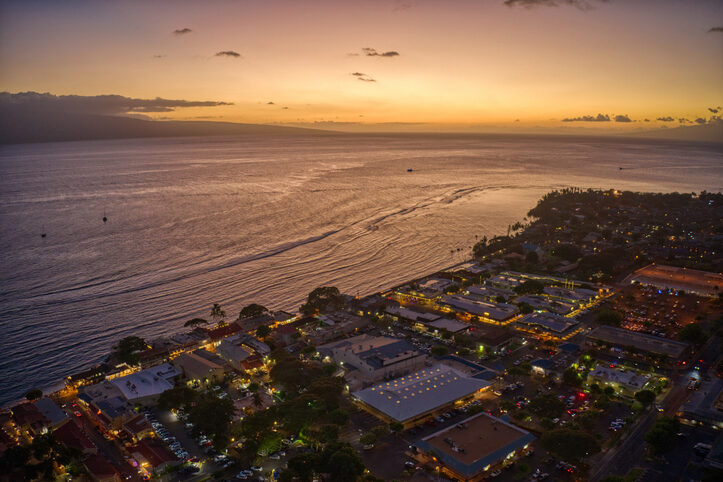
Before the devastating 2023 wildfire, Lahaina was already struggling with over-tourism, housing pressures, and rising resentment from residents. “It stopped feeling like home a long time ago,” one local told Honolulu Civil Beat. While visitors came for its historic streets and sunset cruises, locals were being priced out and pushed aside. The fire only deepened the wounds, destroying much of the community. Recovery efforts are ongoing, but residents continue calling for more thoughtful, respectful tourism. What was once a cultural cornerstone of Maui now sits in quiet heartbreak. The town may rebuild, but many fear it will never be the same.
20. Mystic, Connecticut
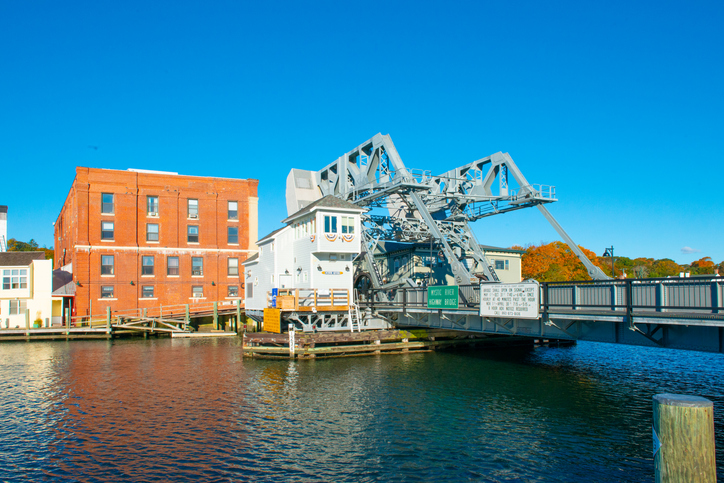
Mystic’s sleepy shoreline charm and maritime roots made it a New England treasure. But lately, that quiet dockside magic has given way to packed sidewalks, full parking lots, and a spike in short-term rentals. “We’re being loved to death,” one local told The Day newspaper. Summer traffic snakes through the center of town, and even locals say it’s tough to get a reservation at once-casual spots. While tourism is part of Mystic’s lifeblood, longtime residents miss the quieter days of local fish markets and casual strolls by the harbor. Now, it’s often rush, wait, and dodge the crowd just to enjoy it.
21. Taos, New Mexico
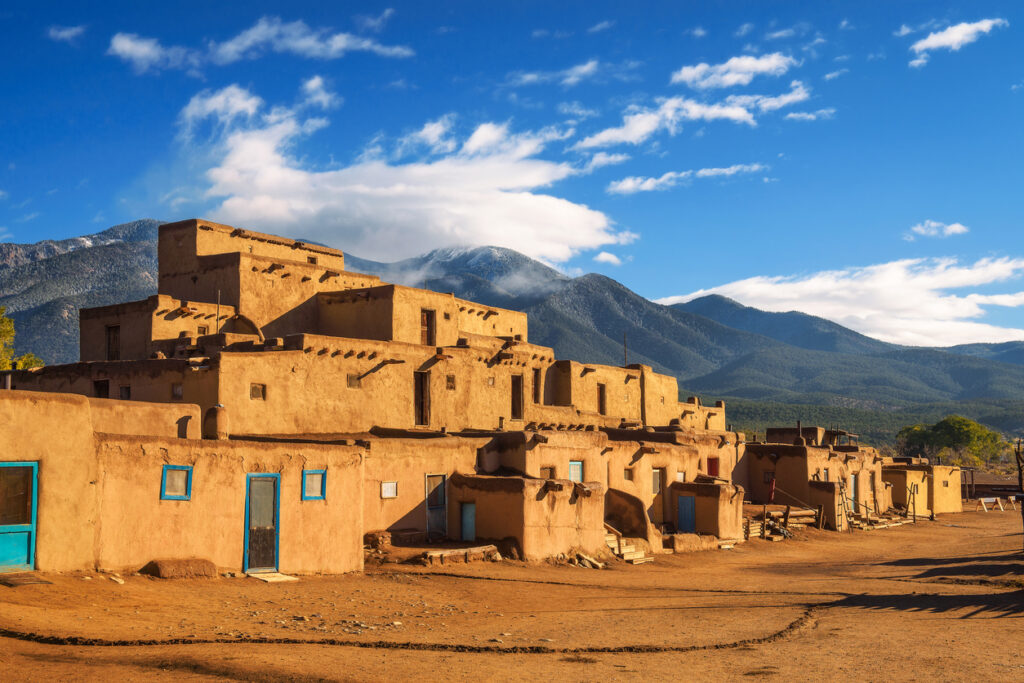
Taos once stood as a quiet intersection of Native American heritage, artists’ colonies, and rugged beauty. These days, it’s grappling with rising real estate prices, packed plaza events, and tourists who often overlook the culture behind the postcard. “It’s not just about adobe buildings and turquoise,” one Taos Pueblo member told Santa Fe New Mexican. Locals worry the spiritual and historical richness is being diluted by ski traffic and boutique developments. What made Taos magical wasn’t just the views but the voices of those who’ve lived there for generations. As crowds grow, the roots feel increasingly fragile and overshadowed.
22. St. Augustine, Florida
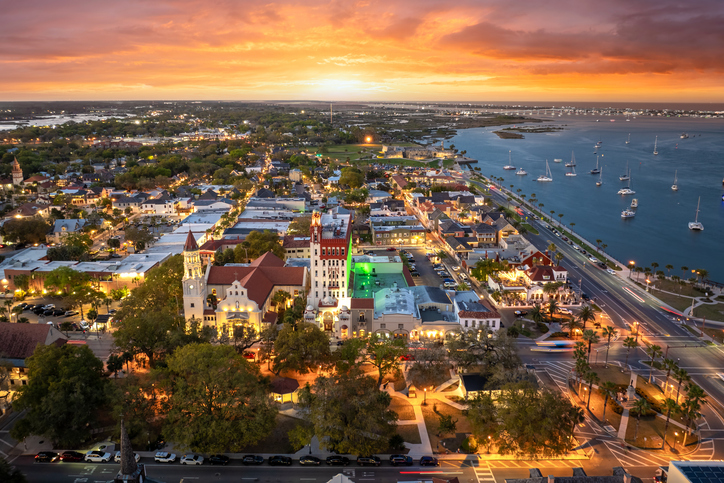
America’s oldest city used to move at a slower pace, offering a peaceful mix of cobblestone charm and coastal calm. Now, many locals feel the streets are rarely quiet. Tour trolleys rumble constantly, and weekend events fill every inch of the historic district. “We don’t even go downtown anymore unless we have to,” one resident told Jacksonville.com. Rent has crept up, and small businesses have been replaced by chains aiming to capture tourist dollars. The historic buildings still stand, but the sense of living in a tight-knit coastal town is harder to grasp when you’re sharing it with so many.
23. Kennebunkport, Maine
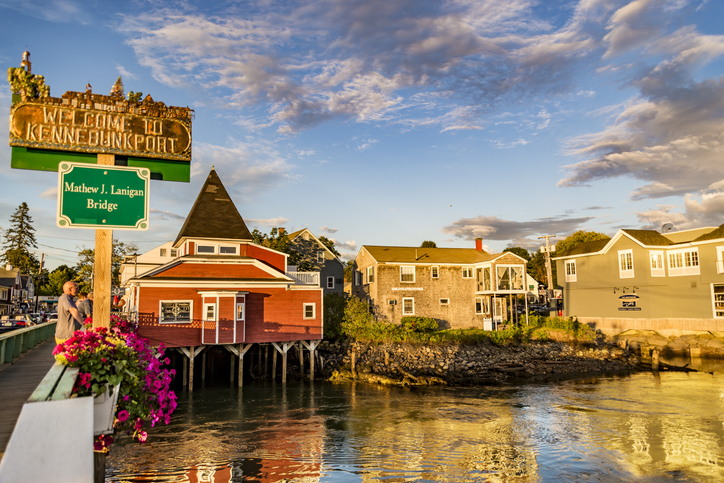
Kennebunkport always had its upscale visitors, but it also held onto its fishing village soul. That balance has started to tip. Luxury travelers now dominate the summer season, and locals say their favorite haunts have been replaced by curated shops and pricey bistros. “It used to feel more real,” a lifelong resident told Portland Press Herald. While tourism helps the economy, it’s also pushing out younger families and seasonal workers. Parking fills fast, and housing is limited. The charm is still there in the salt air and lobster boats, but the pace and price of life have changed the tone.
24. Barstow, California
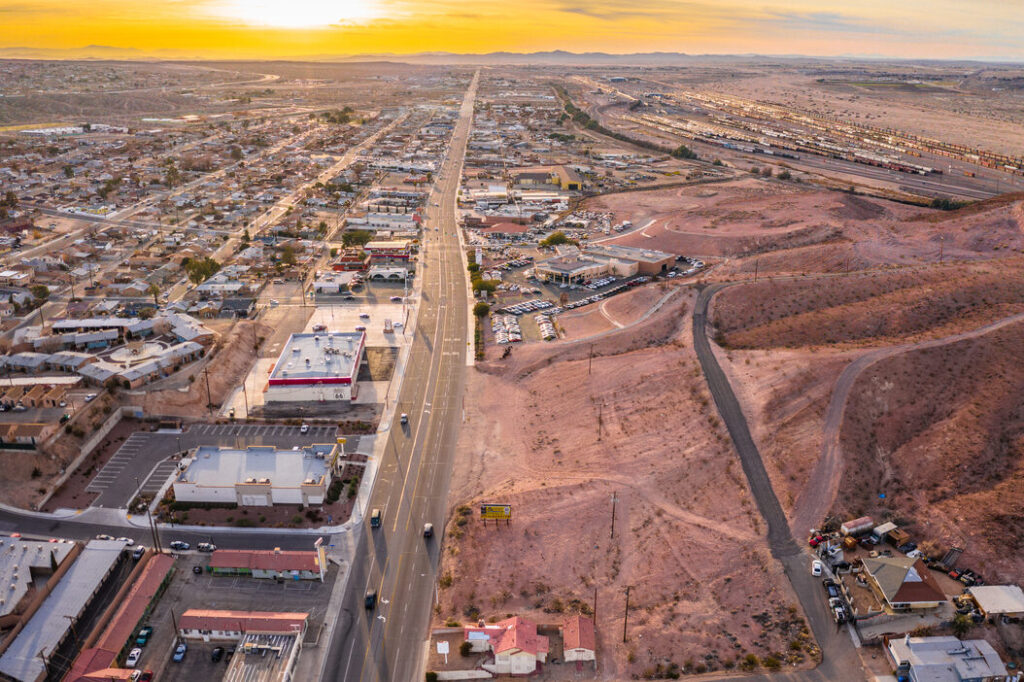
Barstow has long been a pitstop for road-trippers, but tourism has shifted how the town operates. Outlet malls, chain restaurants, and rest-stop attractions have overrun the downtown core, making it harder for local businesses to keep up. “There’s not much left for the people who actually live here,” one small business owner told the Victorville Daily Press. The historic feel of Route 66 is slowly fading under layers of fast development. For residents, Barstow feels less like a place to settle and more like a place travelers pass through. That in-between feeling has made it harder to preserve its identity.
25. Saugatuck, Michigan
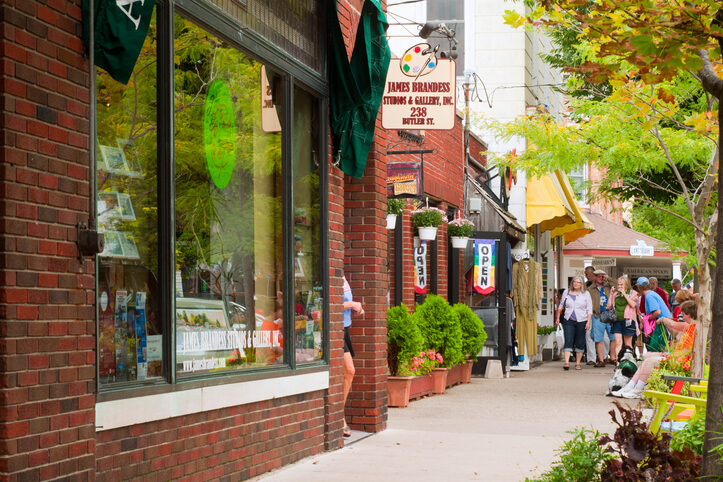
This lakeside gem used to be a quiet escape for artists and beachgoers looking for a low-key retreat. Now, it’s grown into one of Michigan’s most popular summer spots, with crowds filling the boardwalks and shoreline restaurants. “It’s beautiful, but I feel like it’s not ours anymore,” one local told MLive. Real estate prices have soared, and much of the downtown has shifted to accommodate short-term renters and weekenders. While the town still shines with its blend of creativity and water views, longtime residents say the peace that once defined Saugatuck has slowly given way to seasonal saturation.
26. Jackson Hole, Wyoming
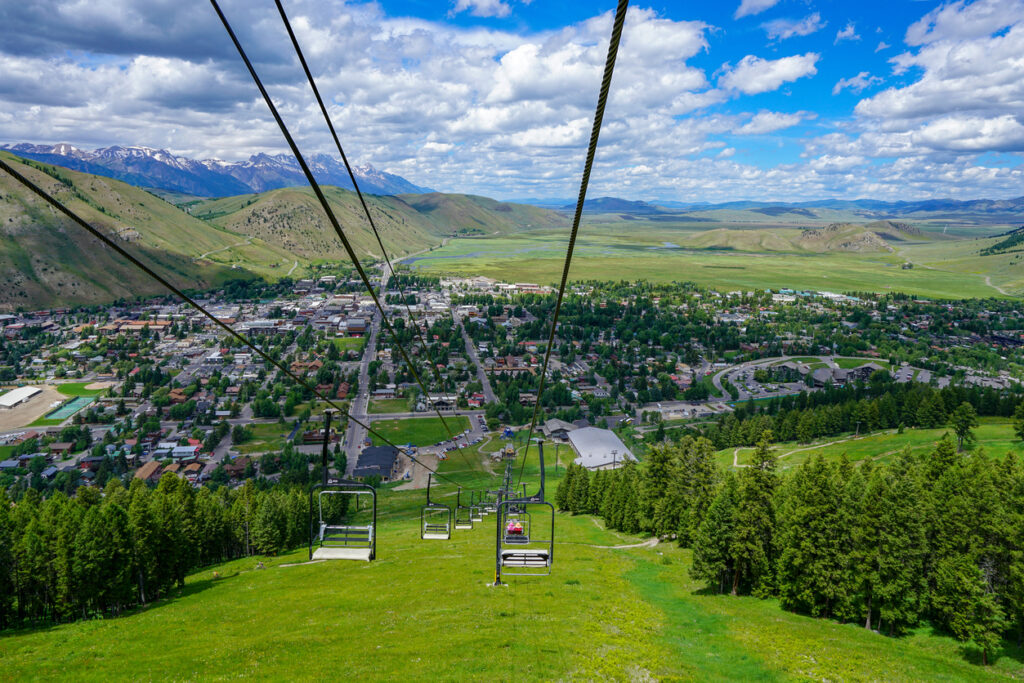
Jackson Hole once balanced cowboy grit with scenic grandeur. But the past two decades have turned it into a celebrity playground with soaring costs and packed slopes. “It’s hard to live here unless you’re wealthy or working three jobs,” a schoolteacher told Wyoming Public Media. Many workers commute from far outside town, and neighborhoods have thinned as vacation homes take over. What started as a rustic mountain escape now leans toward luxury resort life. The Tetons still rise in the distance, but the laid-back, grounded character that made Jackson feel like home has been steadily slipping out of reach.
27. Beaufort, South Carolina
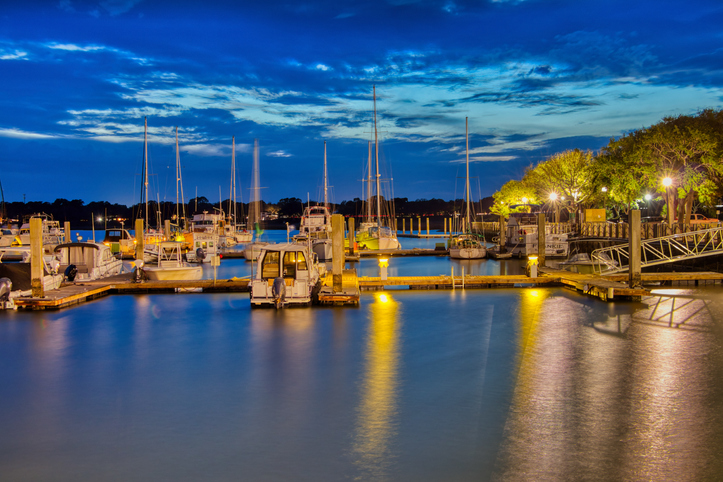
Beaufort’s mossy oaks and historic homes once made it a peaceful place to live and work. Now, a steady stream of tourism has added stress to its narrow streets and quiet corners. “We’ve always welcomed visitors, but now it feels like we’re running a show,” one local told The Island Packet. Short-term rentals have grown, and some residents say noise and traffic are constant in peak months. While the water views remain breathtaking and the past is still preserved in every brick, the town’s personality feels stretched thin between preserving heritage and catering to the visitor experience.
28. Estes Park, Colorado
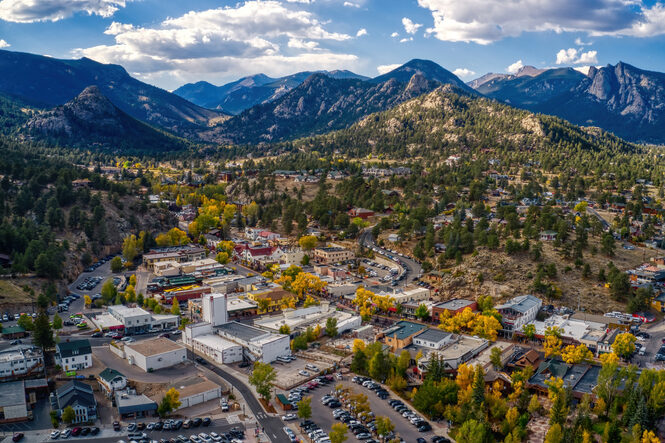
At the edge of Rocky Mountain National Park, Estes Park was once a place where you could feel alone in nature. Now, it’s where traffic slows to a crawl and the sidewalks fill by noon. “We’re victims of our own success,” a park ranger told The Coloradoan. Tourism is essential here, but it’s also made wildlife encounters more dangerous and housing less accessible. What used to be a weekend getaway now feels like a theme park for hikers. The elk still wander through town, but so do the crowds, and residents say the serenity is being chipped away year by year.
29. Avalon, California
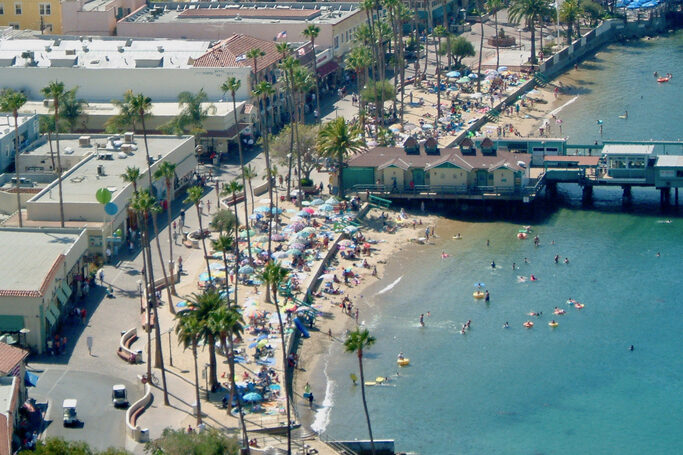
Located on Catalina Island, Avalon was once a quiet island town only a ferry ride away from Los Angeles. Now, it feels more like an extension of the mainland with overflowing boatloads of visitors and tight streets overwhelmed by golf carts. “We have more visitors than we can support,” a council member told The Catalina Islander. Prices have risen sharply, and housing is scarce for full-time workers. Once known for its slow, salty rhythm and family-run shops, Avalon is now buzzing year-round. The coastline is still stunning, but for many locals, the island feels like it’s drifting farther from what it used to be.
This story 29 Beautiful U.S. Towns Locals Say Were Ruined by Tourism was first published on Daily FETCH


